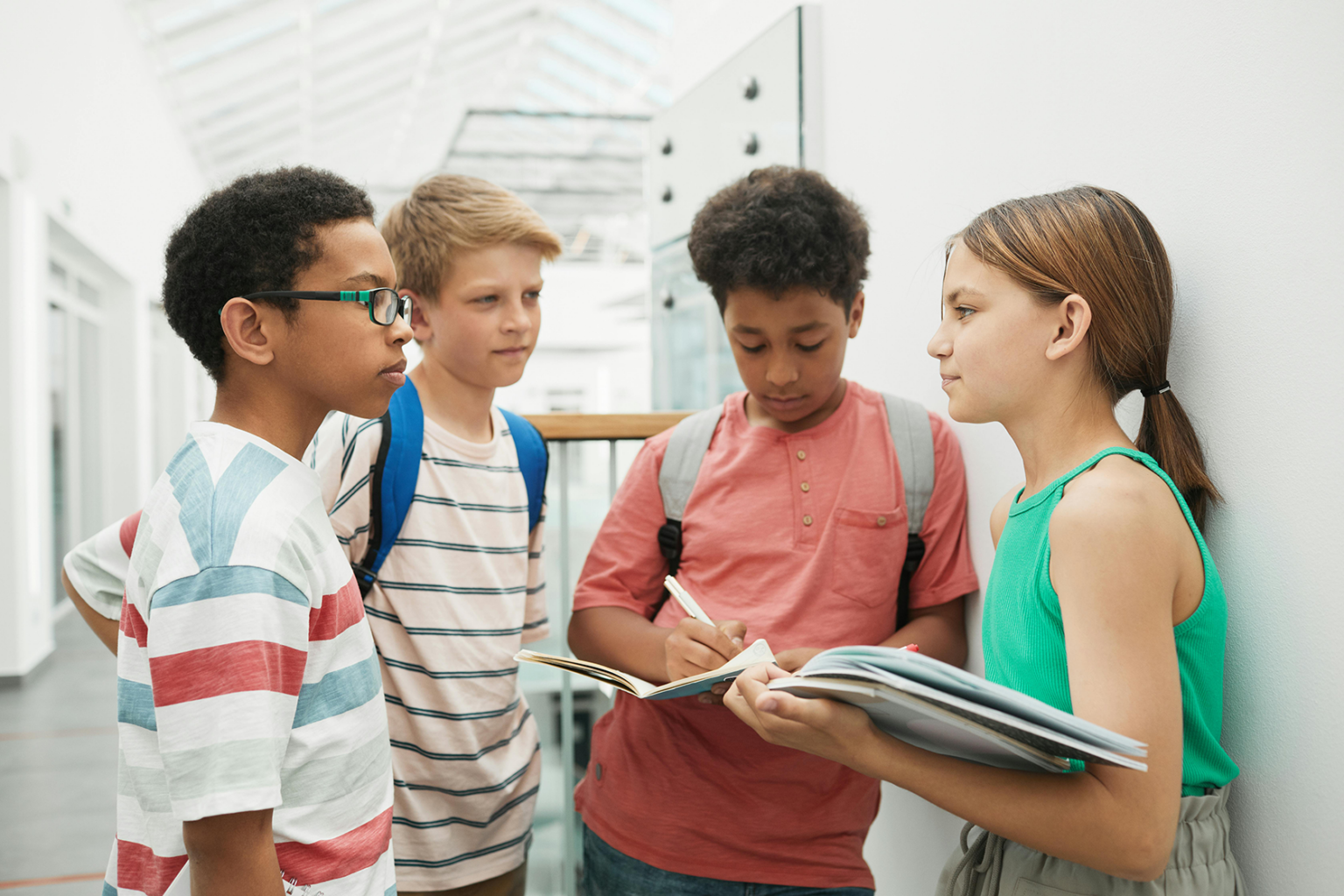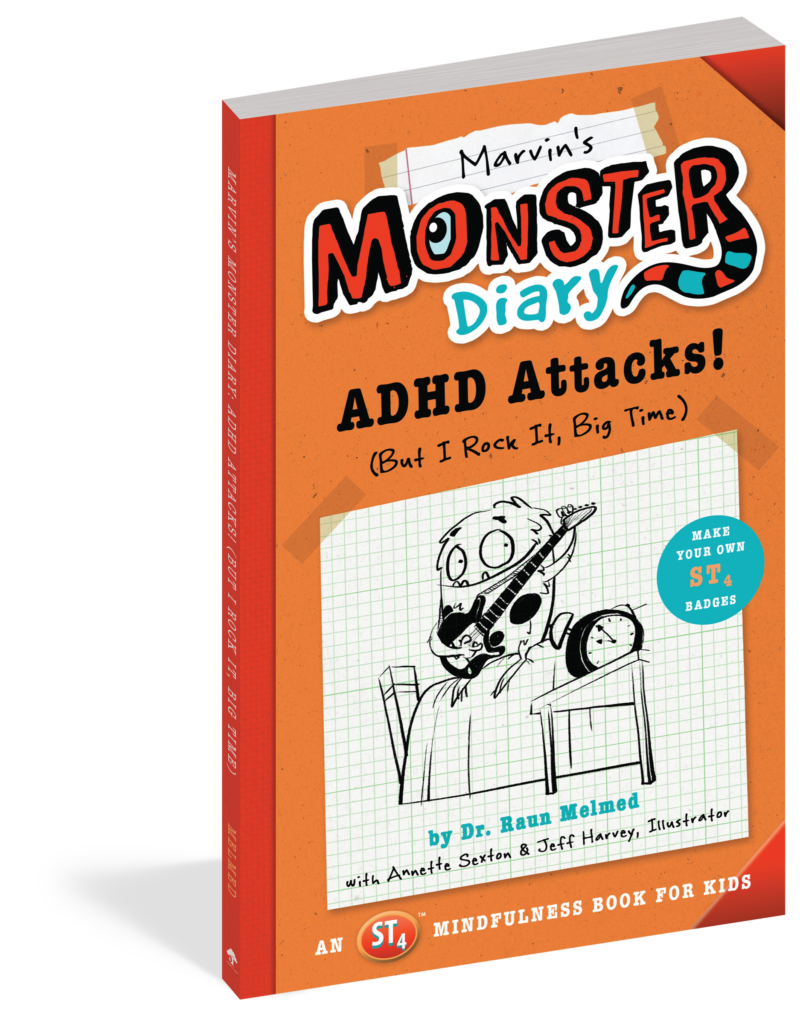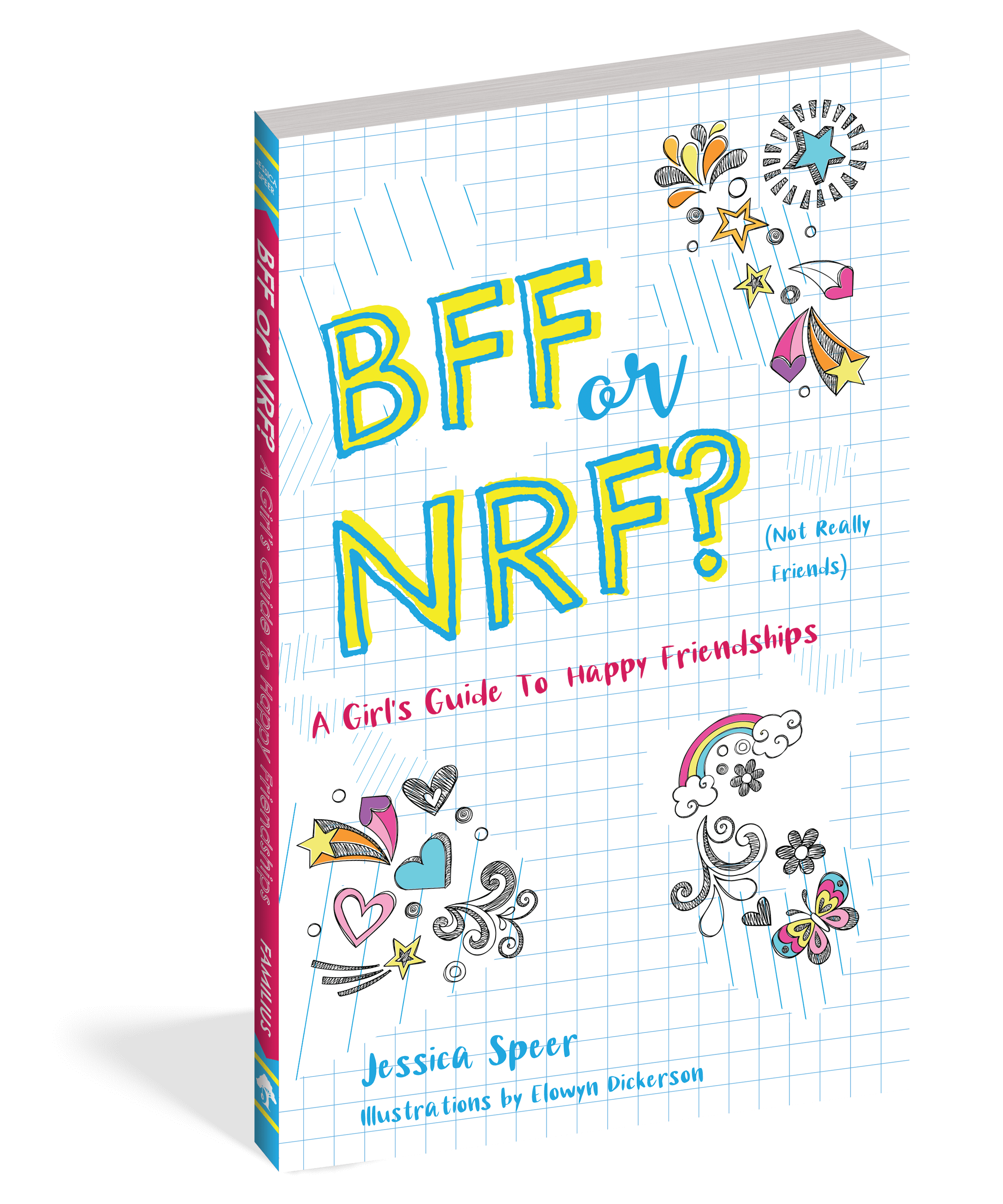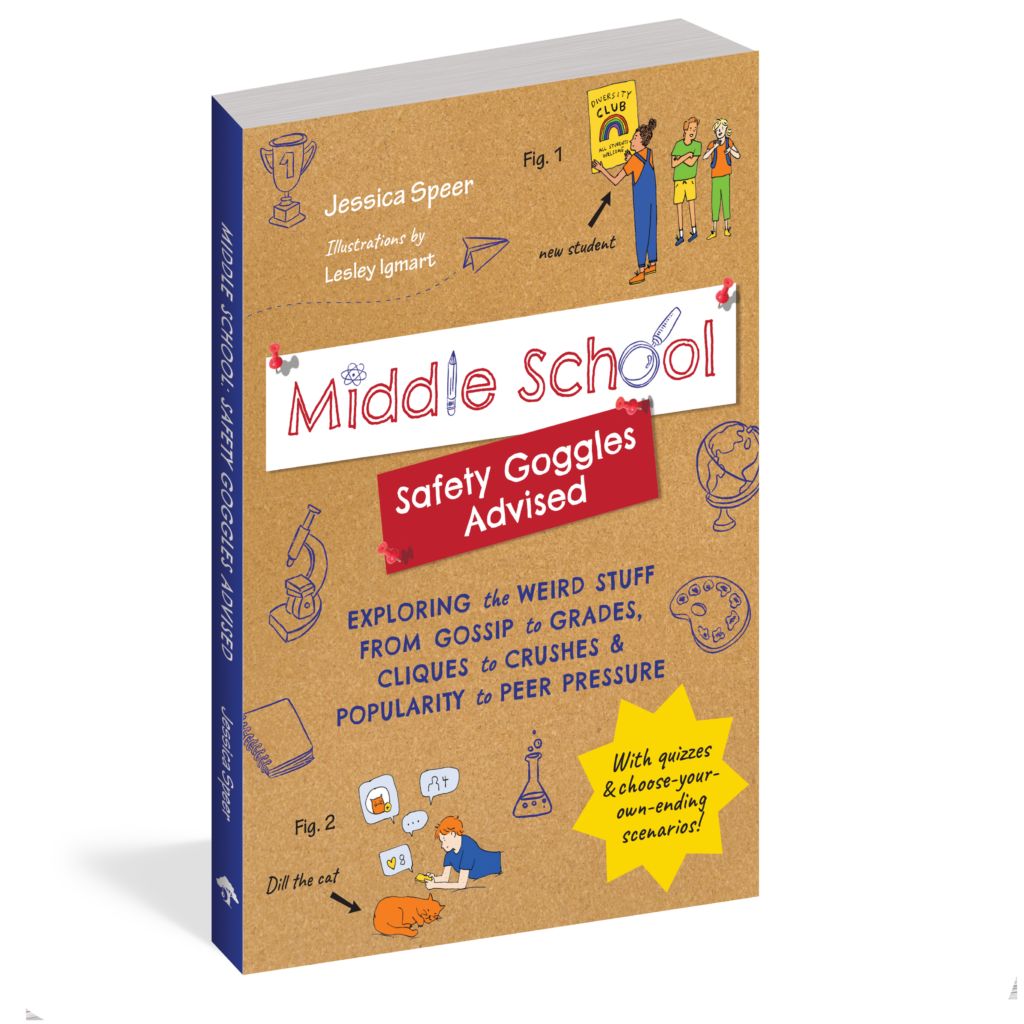
Breaking Bad Habits Kids Bring Home from School
School is meant for learning, but sometimes kids learn bad habits instead. Use these tips to break those habits and build healthy friendships.
There’s a quote from motivational speaker Jim Rohn that says we are the average of the five people we spend the most time with. And for the most part, this is true. The science behind it lies somewhere in group behavior and the chameleon effect. Which is exactly why your kids might come home from school with new bad habits.
Common Bad Habits Kids Pick Up at School
Children can pick up a variety of bad habits from school, both behavioral and academic. Here are some common examples:
- bullying
- teasing
- gossiping
- exclusionary behavior
- disrespectful language or attitudes
- poor study habits
- procrastination
- not paying attention in class
- not completing assignments on time
- unhealthy eating habits
- disorganization
- forgetting assignments
- misplacing materials
- not keeping track of their schedules
- aggressive behavior such as yelling, hitting, or fighting
- copying homework
- cheating
- poor personal hygiene
- not washing their hands regularly
- excessive screen time
- gaming addiction
- social media obsession
- dishonesty
Keep in mind that your child might have reasons for some of these habits, reasons that aren’t just mimicking. It’s important to target these bad habits at the root to prevent them from becoming entrenched habits. Creating a positive and supportive environment both at home and at school can help mitigate the influence of these negative behaviors.
How to Address Bad Habits Kids Pick Up at School
Addressing bad habits your child picks up at school requires a thoughtful and proactive approach. Here are some steps you can take:
1. Communicate Openly
Talk to your child about the behavior you’ve noticed. Approach the conversation with empathy and understanding, rather than accusation. Listen to their perspective and find out why they might be engaging in the behavior.
2. Educate
Explain to your child why the behavior is considered a bad habit and the potential consequences. Help them understand the impact it can have on themselves and others.
3. Set Clear Expectations
Clearly communicate your expectations for their behavior both at school and at home. Let them know what behavior is acceptable and what isn’t, and the consequences for not meeting those expectations.
4. Practice Positive Reinforcement
Praise your child when they exhibit positive behaviors and make progress in breaking the bad habit. Positive reinforcement can be a powerful motivator for change.
5. Lead by Example
Just as children mimic the behavior of their peers at school, they will mimic yours as well. Make sure you’re modeling the behavior you want to see in your child, especially in the areas you’ve discussed.
6. Work with the School
If the bad habit is something that’s pervasive at school, consider reaching out to teachers or school counselors for support. They may have insights or strategies for addressing the behavior in a school setting.
7. Offer Support
Offer your child support and encouragement as they work to break the habit. Let them know that you’re there to help them and that it’s okay to make mistakes as long as they’re willing to learn from them.
8. Seek Professional Help if Needed
If the behavior persists despite your efforts, or if it’s particularly concerning, don’t hesitate to seek professional help from a counselor or therapist who specializes in child behavior.
Should My Child Avoid Friends because of Bad Habits?
Deciding whether or not to remove friends from your child’s circle because of bad habits or negative behaviors is a complicated decision. It often depends on the severity of the behavior, the lasting impact on your child, and the possibility of change. Above all, cultivating healthy relationships and boundaries, devoid of peer pressure and harmful behavior, is the most important thing. The decision to remove friends from their circle should prioritize your child’s well-being and safety, but it’s entirely a personal choice. Just encourage open communication with your child, provide support and guidance, and help them navigate relationships in a way that promotes positive growth and development.
Discover More Ways to Help Kids Survive School and Friendships

Marvin’s Monster Diary

BFF or NRF (Not Really Friends)

Middle School—Safety Goggles Advised
Shaelyn Topolovec earned a BA in editing and publishing from BYU, worked on several online publications, and joined the Familius family. Shae is currently an editor and copywriter who lives in California’s Central Valley.
